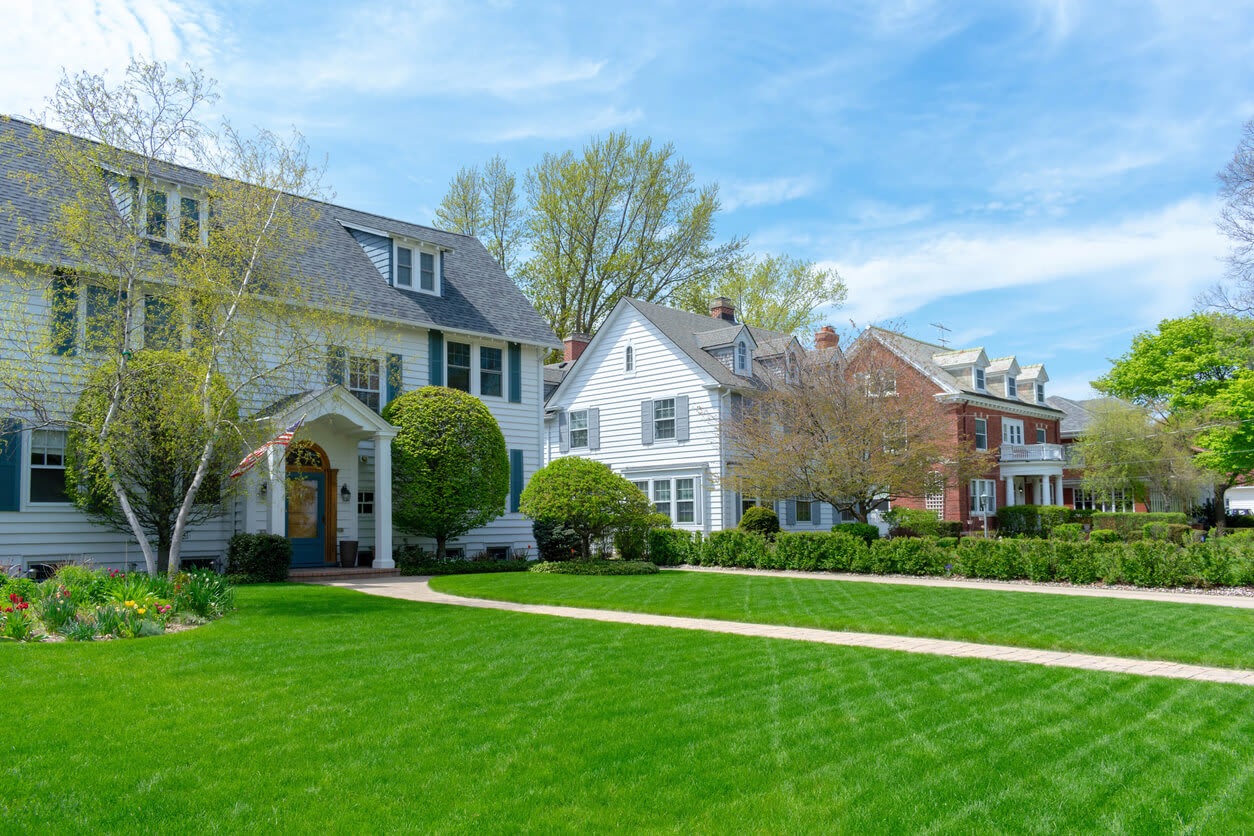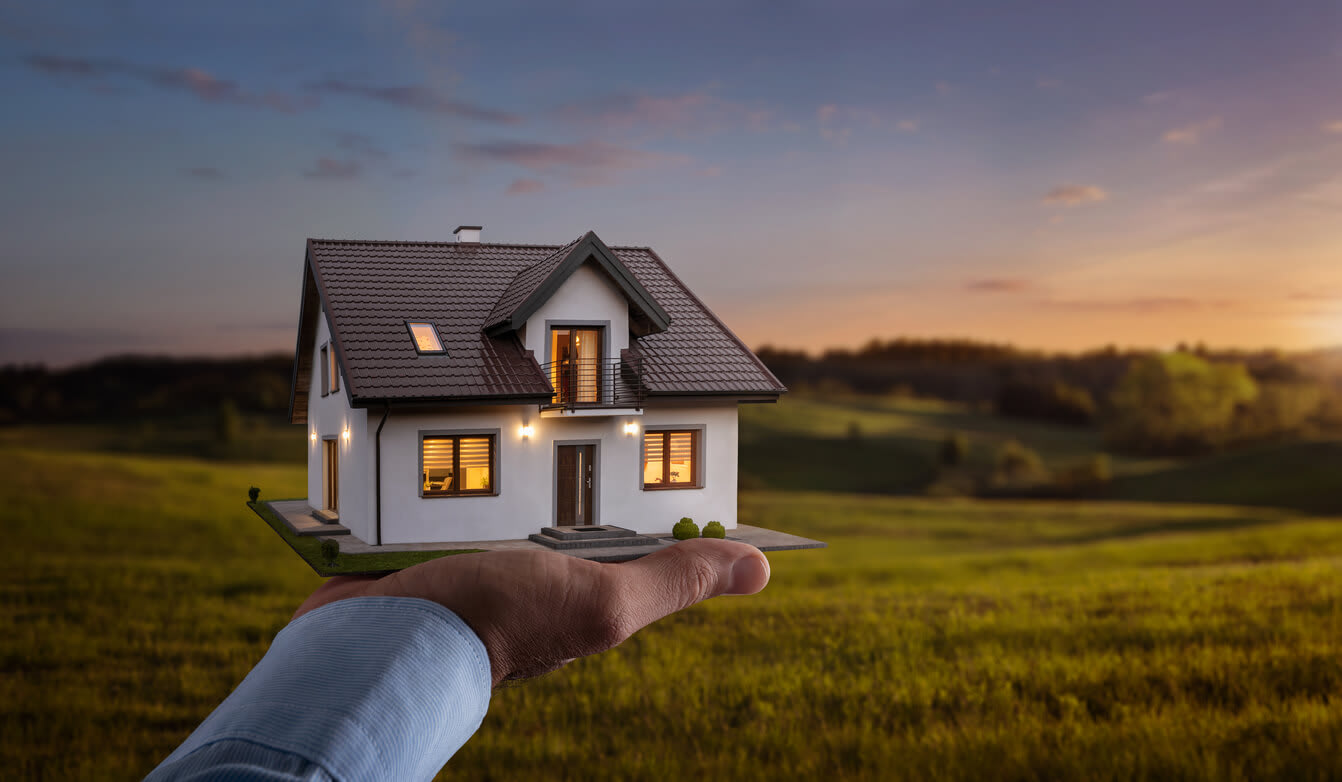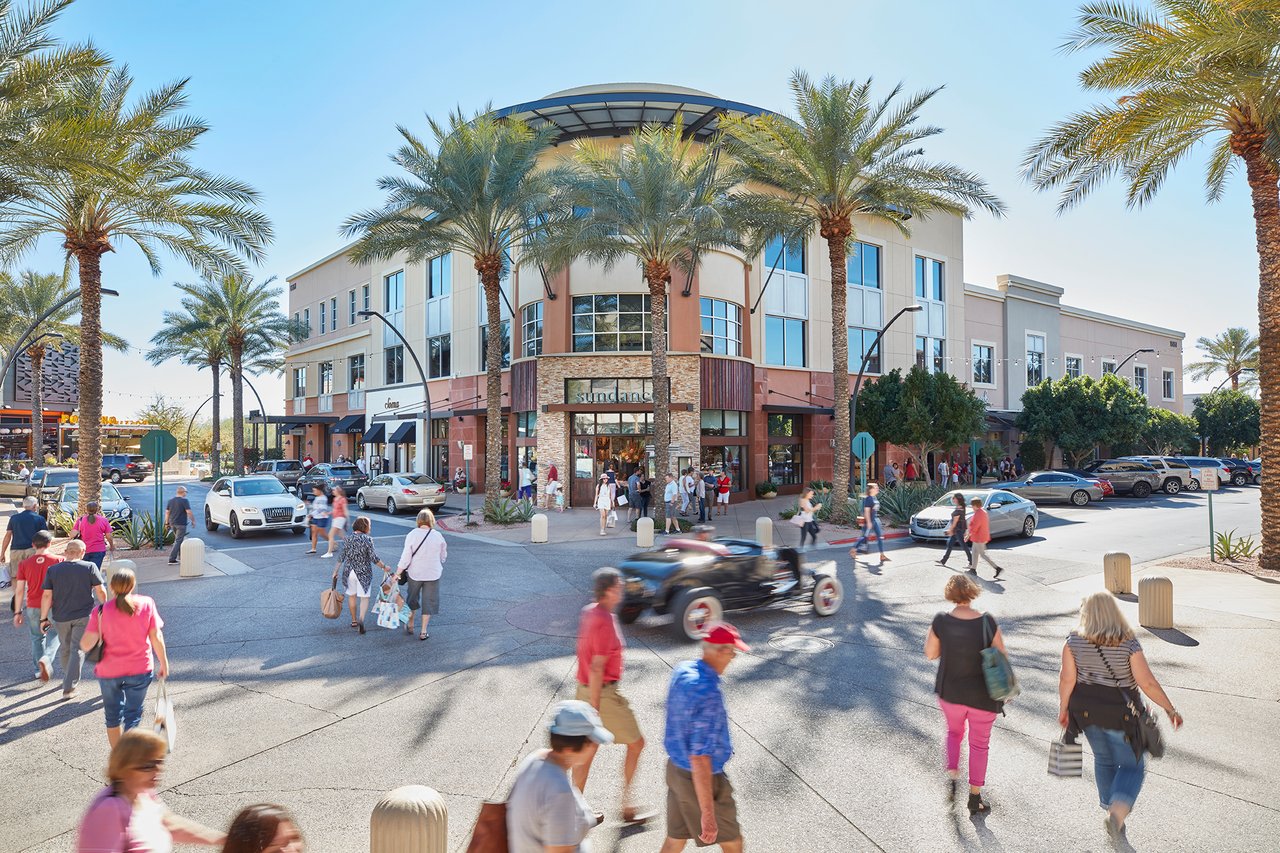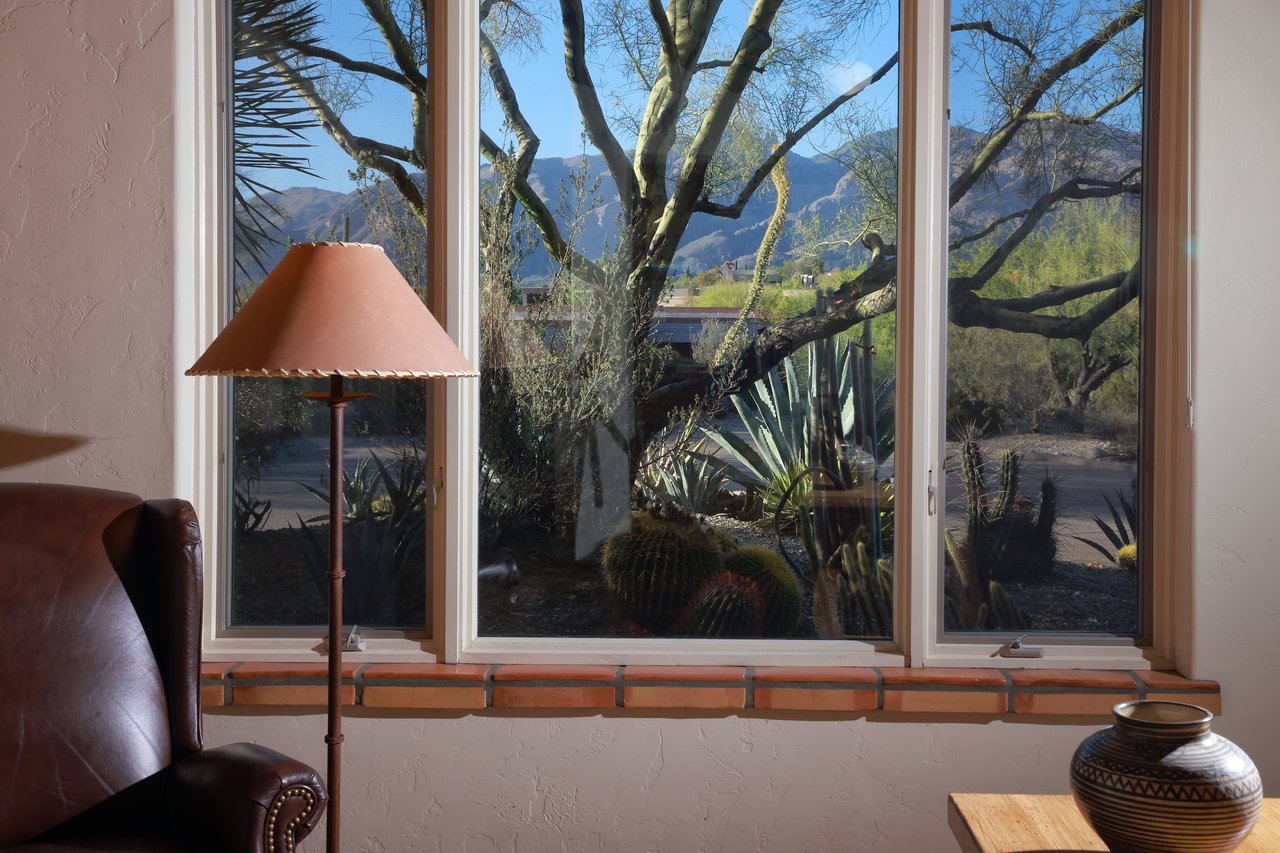Have you noticed how property photography can generate substantial interest in buying a home? A lot of effort and expertise goes into creating the best real estate photography images for your favorite house hunting sites like Zillow, Trulia, or Realtor.com. If you’ve decided to sell and list your home, there are a few tips for real estate photography you should know before posting your photos online.
Tips for Real Estate Photography
Taking the best real estate photography requires a little finesse and expertise to get the right shot. The listings with the best pictures will receive the most online views and increase the likelihood of selling the property. By implementing our expert tips for real estate photography, you’ll be on your way to selling your home in no time at a price you can be happy with.

- Proper equipment – For the best real estate photography results, you have to start with the right equipment:
- Camera – A good camera doesn’t have to cost a small fortune. Since real estate photography is a bit less demanding, you can focus on purchasing a camera with just excellent ISO performance. It is also known as the internal organization for standardization and is responsible for your camera’s light sensitivity.
- Lenses – Using a wide-angle lens is recommended by professionals. It helps to make a space look bigger and bring emphasis to the picture’s depth. No strict requirements are in place, but it is recommended to use 10-22mm and 12-24mm for cropped sensor cameras and 16-35 for a full frame.
- Tripod – Using a tripod for property photography is non-negotiable. This tool is priceless when trying to capture crisp and well-lit photos. It is especially useful when taking night shots and establishing stability for long-exposure photos.
- Flash – We are all familiar with the flash option on our cameras. For property photography, regular flash isn’t enough. You’ll need to use the best flash for real estate photography when you want superior images, including off-camera flash and wireless triggers.
- Know your angles – Just like taking the perfect selfies; you’ll need to know your angles when taking the best photos for property photography. Your listing should be complete and reflective of the property with these types of images:
- Bathroom – The bathroom is typically the smallest room in the house. Finding the right angle can be challenging. Choose the best corner with the best lighting and shoot.
- Bedroom – You will want to depict the bedrooms as the most comfortable places in the house, making sure the rooms look welcoming and bright. When taking photos, make sure to highlight a few key features and attractive views.
- Living room – The living room is where everyone gathers, so it should look comfortable and inviting. Spend some time finding a good angle that makes it look as spacious as possible.
- Kitchen and dining room – Often referred to as the heart of a home, this photo should be free from cleaning products or miscellaneous items usually found in a kitchen and dining area. Your real estate photography of this space should emphasize functionality and tidiness.
- Know your settings – When it comes to taking high-quality property photography, you’ll have to become familiar with finding the right light and capturing using the exposure triangle. This technique consists of an aperture, shutter speed, and ISO. We’ve touched on ISO, so here’s an explanation of the other two elements:
- Aperture – If you’re not familiar with this term, it refers to how wide the lens is when you take a photo. Professional real estate photography companies agree that it should be between F8 and F11.
- Shutter speed – If you’re unfamiliar with this term, it refers to the amount of time a camera shutter stays open to expose light to a camera sensor. It is recommended to be between 1/60 and ½ a second for best results.
- Retouch – Improving your property photography images through retouching helps make them more appealing, noticeable, and natural-looking. This will require special software like Adobe Photoshop Photos or Lightroom, Snapseed for mobile, or VSCO. The areas to focus on while retouching are:
- Cropping – Get rid of unwanted sections with cropping, but keep more space than you think you’ll need. It will come in handy when you begin to process your pictures.
- HDR – Using the HDR adjustment feature will help you brighten the dark spots while keeping the light where it’s needed.

- Vertical correction – This is one of the most important aspects of adjusting property photography. By ensuring all vertical lines look straight, you prevent your house photos from appearing unstable and unprofessional.
- White balance – By adjusting your white balance, the photos will look crisper.
- Avoid these mistakes – There are some rookie mistakes to avoid. First, make sure to prevent or eliminate the reflection of the flash. Second, your lenses should always be clean. Third, make sure to get rid of clutter before taking the picture. Fourth, be sparing with the use of the retouch feature. Fifth, don’t include children or pets in the photo. Lastly, be sure to capture the entire room rather than focusing on a few items.
- Try Staging – Staging makes your home look sharper and move-in ready. Certain pieces of furniture will make your room look larger. When towels match and colors are coordinated, it gives the impression of sophistication. Most potential homebuyers prefer staging.
- Reflect the Season – Let your inner creativity shine by adding small touches that reflect the current season. For winter months, turn on the fireplace or take a photo during snowfall. In the spring, flowers add the perfect touch to a bright kitchen. During the summer, take advantage of natural lighting or add a lemonade pitcher to the kitchen. In the fall season, consider using natural tones that compliment the foliage outside.
- Use consistent lighting – In property photography, you’ll have to make many decisions like determining whether lights should be on or off and making sure all lightbulbs are uniform. To control the direction of the light, try placing a diffuser or floor lamp in the room before taking a picture. Combine these small touches with the best flash for real estate photography, and you’re on your way to succeeding in professional real estate photography!
- Multiple shots – Getting the perfect picture is a huge challenge. We recommend taking multiple photos using different exposures of the same spot to ensure you get the best image. You can also use a method referred to as exposure bracketing that requires you to combine several pictures at different exposures. This will give you the advantage of having multiple images without having to go back and retake a lousy shot.
- Incorporate aerial shots – With new technology comes new possibilities! You’ve likely seen beautiful shots of properties taken from above and wondered how they did it. Using drone cameras is a great way to get incredible area shots. Take a picture inside from a high ceiling for an aerial effect, or get a backyard photo from a birds-eye view. New homebuyers using online websites appreciate aerial photography that shows the neighborhood and surrounding areas.
We Can Help with Property Photography
As a top 1% real estate agent, Jeff Barchi has served the Scottsdale community for over 20 years. It’s safe to say that The Barchi Team knows a few things about capturing the best photos of your property. If you’re in the market to sell your home, we can help. We have a track record of being twice as fast as the competition when selling homes and have been known to secure higher selling prices on average.
Contact The Barchi Team today to start selling your home with professional property photos!






